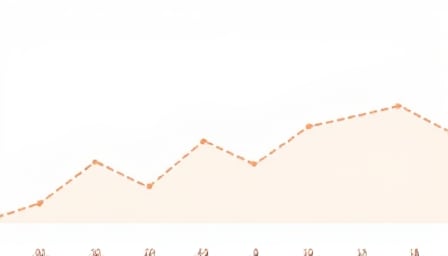Autodesk’s Market Performance: A Story of Volatility and Growth
Autodesk, a leading provider of design and engineering software, has been making waves in the market with its recent developments. The company has extended an invitation to join its financial results conference call, a move that has piqued the interest of investors and analysts alike.
As we take a closer look at Autodesk’s stock performance over the past year, it becomes clear that the company’s market value has been on a rollercoaster ride. With a 52-week high of $326.62 USD and a low of $195.32 USD, Autodesk’s stock price has fluctuated significantly, indicating a high degree of volatility in the market.
A Technical Perspective
From a technical standpoint, Autodesk’s stock price has demonstrated a remarkable range of $131.30 USD, a testament to the company’s ability to navigate through turbulent market conditions. This volatility is reflected in the company’s price-to-earnings ratio of 53.37, which suggests a premium valuation for Autodesk. Additionally, the price-to-book ratio of 22.33 indicates that investors are willing to pay a higher price for the company’s assets, a sign of confidence in its future prospects.
What Does it Mean for Investors?
As we analyze Autodesk’s market performance, it becomes clear that the company’s stock price is influenced by a complex interplay of factors. While the premium valuation and high price-to-earnings ratio may raise concerns among some investors, others see it as a sign of the company’s growth potential and commitment to innovation. As Autodesk continues to navigate the ever-changing landscape of design and engineering software, one thing is certain: the company’s market performance will be closely watched by investors and analysts alike.
Key Statistics
- 52-week high: $326.62 USD
- 52-week low: $195.32 USD
- Price-to-earnings ratio: 53.37
- Price-to-book ratio: 22.33
- Stock price range: $131.30 USD
